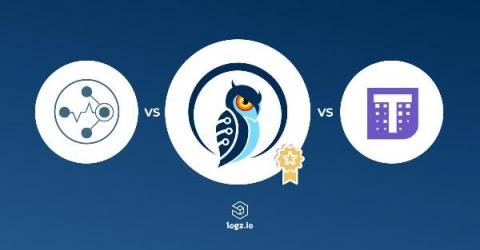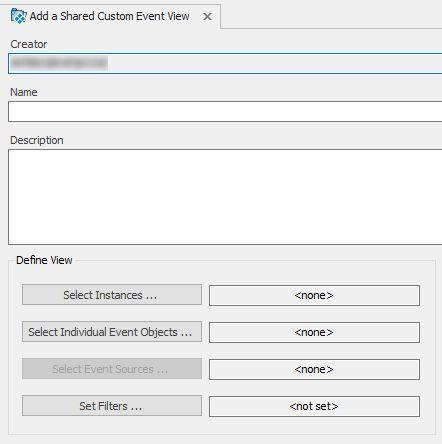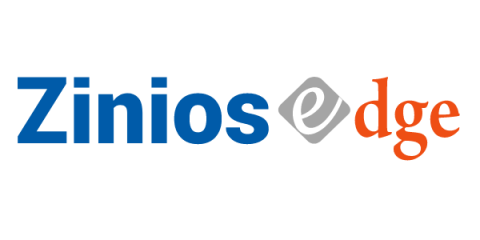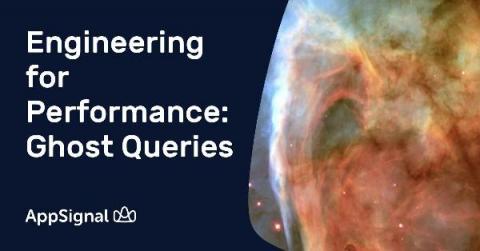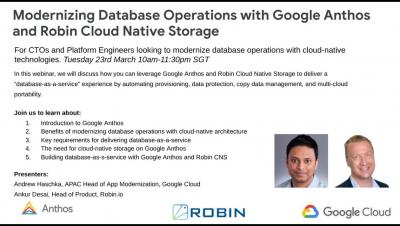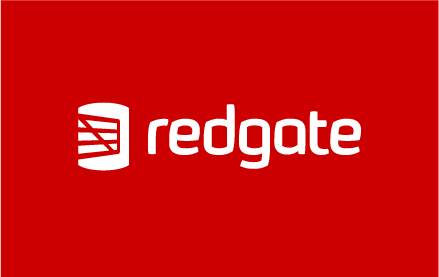Q&A: Circonus Founder and CTO Reveals Key Decisions on Designing Circonus' Powerful Time-Series Database
Circonus’ time-series database, IRONdb, can ingest, compute, and analyze time-series data at greater volume and frequency than any other solution in the market. We realize that’s a bold statement, but we stand by it. In fact, IRONdb can ingest over a trillion measurements per second, giving companies the data granularity they need for better, more accurate monitoring. It also offers unlimited scalability and the highest data safety guarantees.






